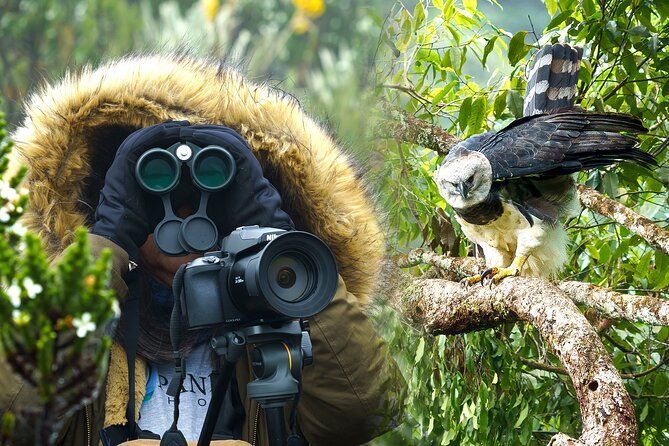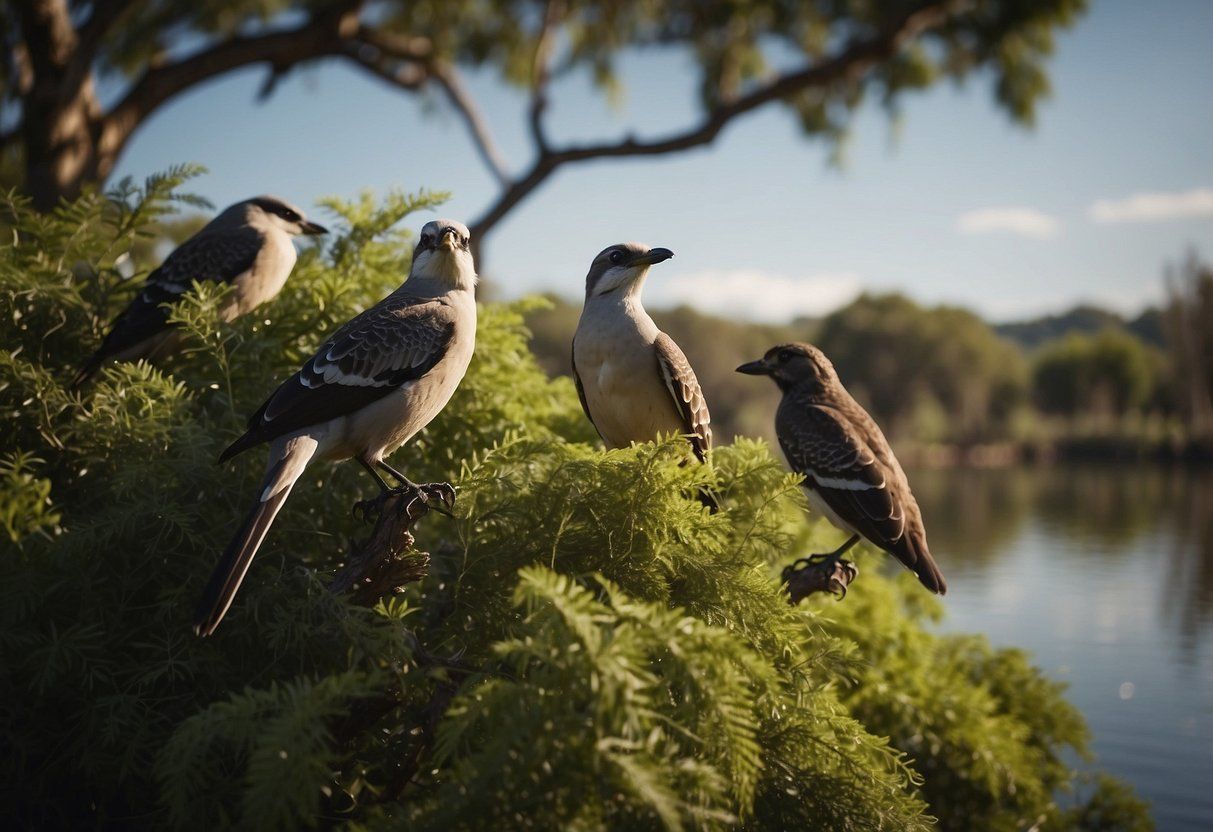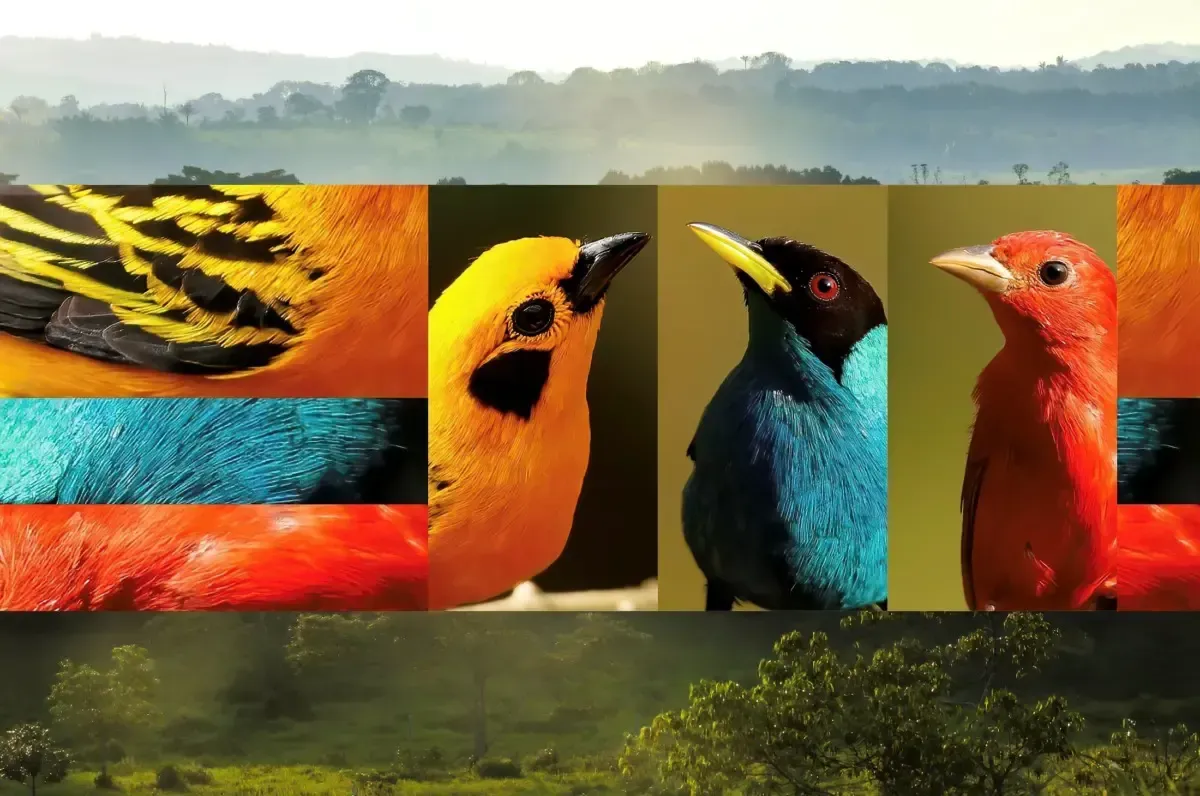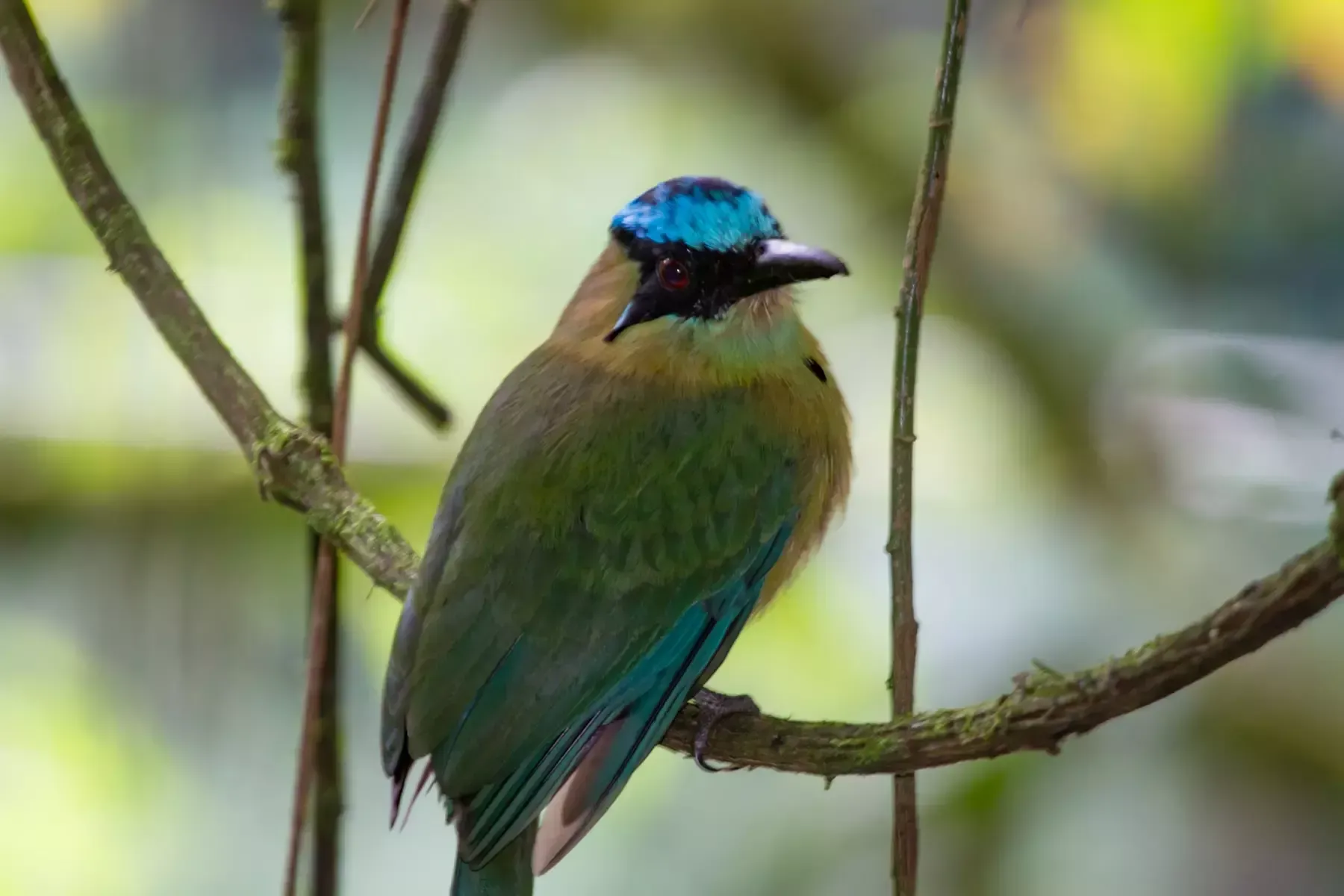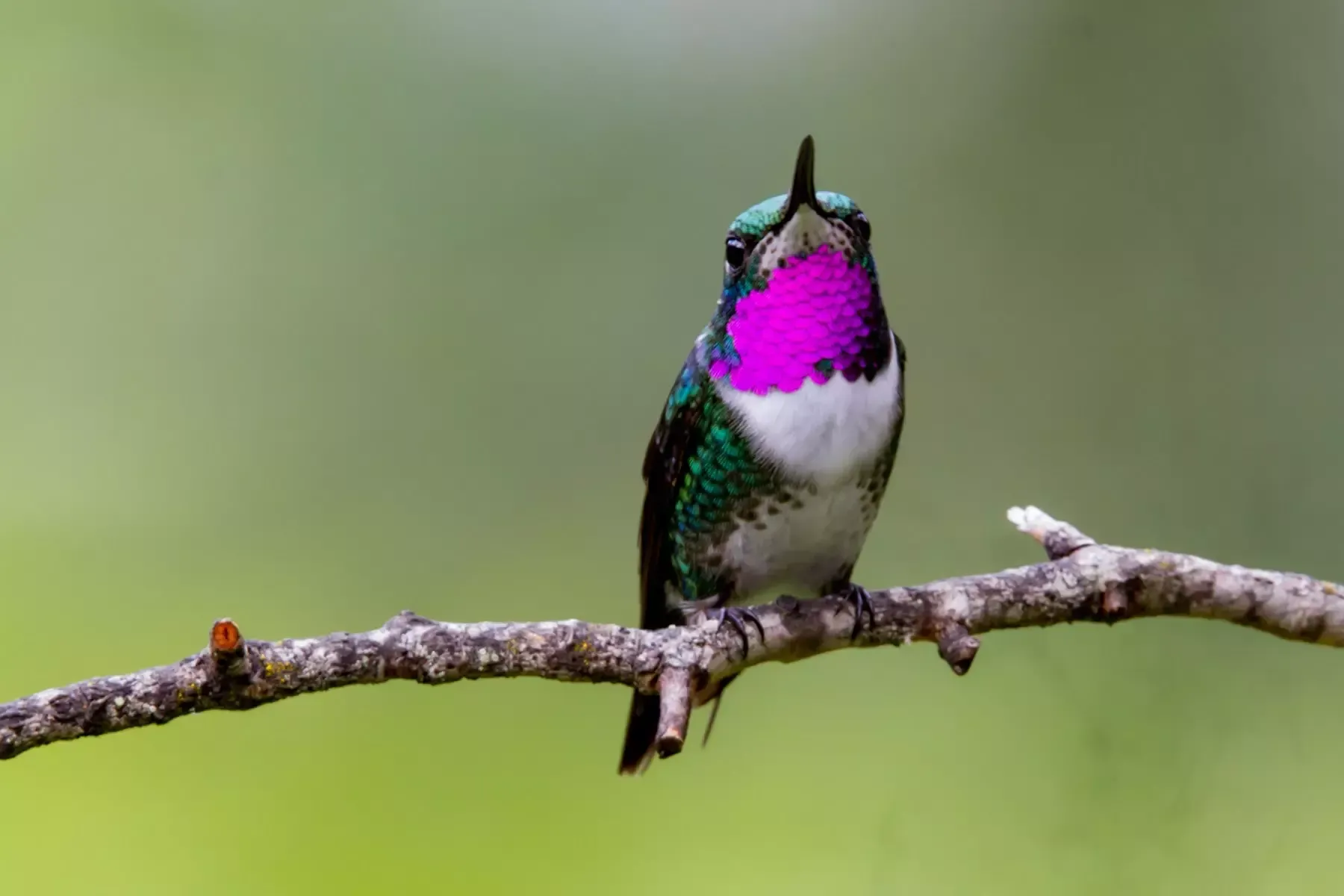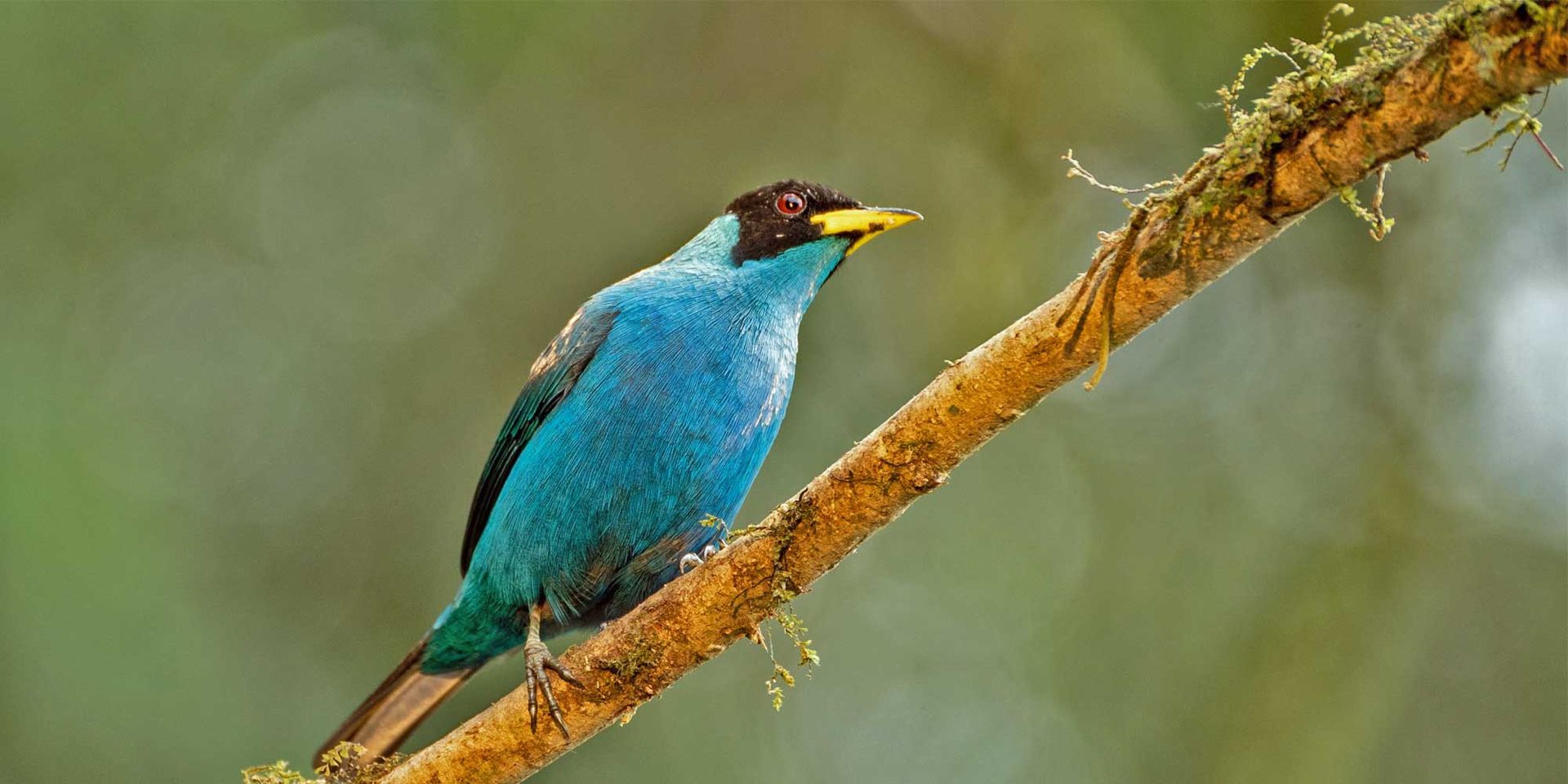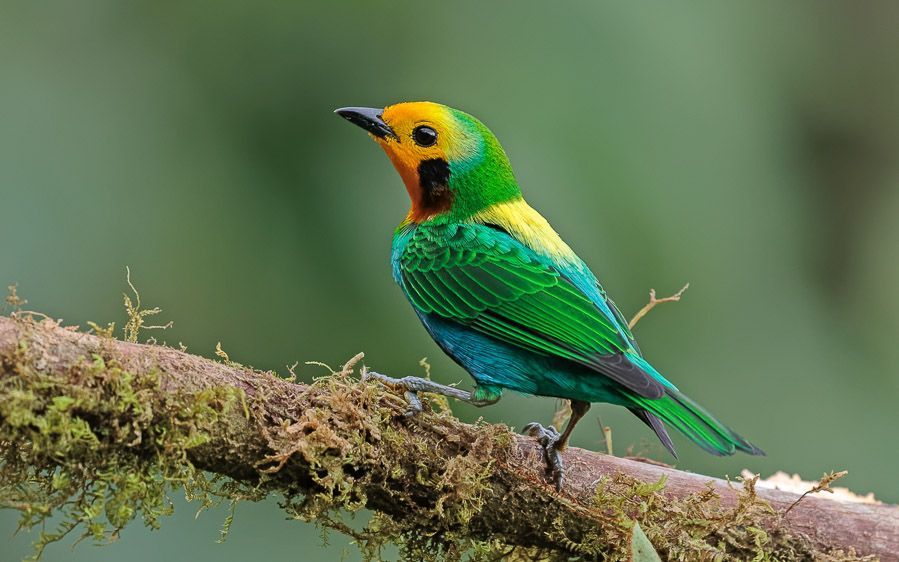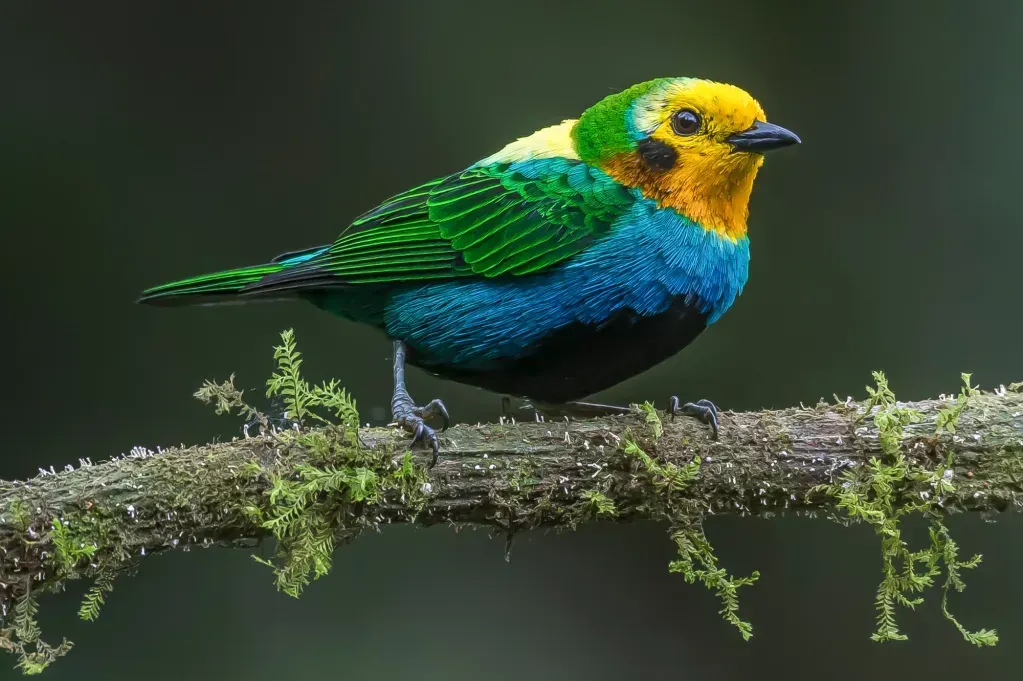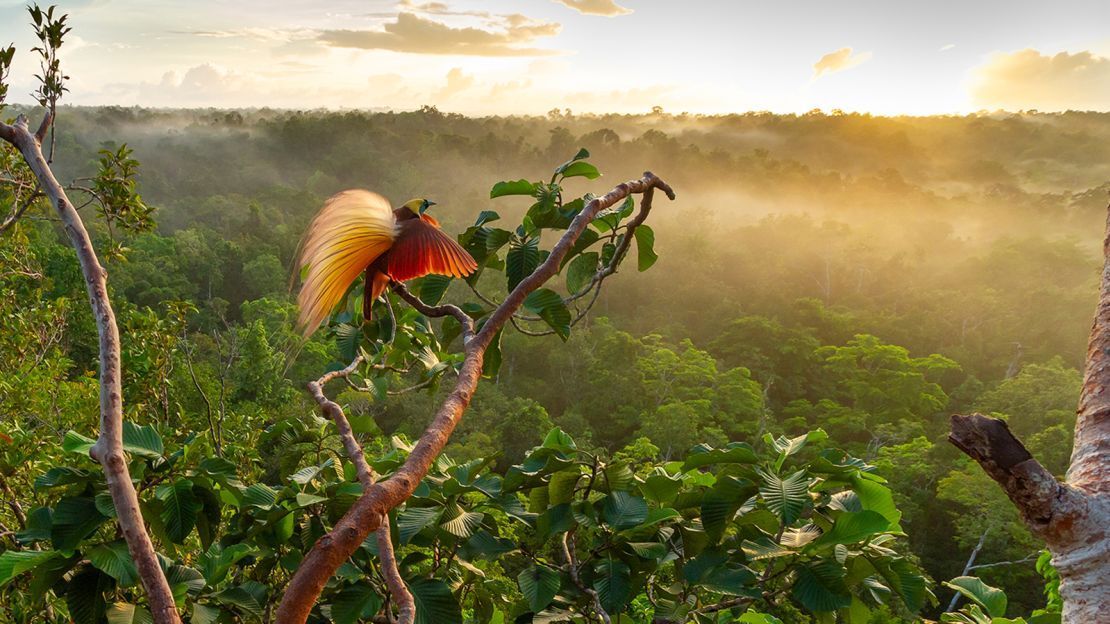Where to See Harpy Eagles: Top South American Locations for Birders and Wildlife Photographers
Where to See Harpy Eagles: Top South American Locations for Birders and Wildlife Photographers
Few birds ignite the imagination of wildlife enthusiasts the way the Harpy Eagle does. Standing nearly a meter tall, with talons the size of a grizzly bear’s claws and a presence that commands entire forests, the Harpy Eagle is not simply a bird—it is a living emblem of untouched wilderness. For birders and wildlife photographers, seeing one in the wild is a dream. Photographing one—especially at an active nest—is a once-in-a-lifetime achievement.
Across South America, opportunities to observe this elusive raptor vary dramatically in accessibility, reliability, and photographic potential. Yet one destination stands above all others due to its unique conservation efforts, predictable nesting cycles, and safe, ethical viewing conditions: the Harpy Eagle Natural Reserve, a site Retorno Photo Tours has exclusive access to through decades of respectful collaboration with local communities.
Before exploring the top locations to find Harpy Eagles across South America, it is essential to understand why this species is so challenging to see—and what makes 2025–2026 an extraordinary moment for anyone hoping for close, responsible, and ethically guided photographic encounters.
Why the Harpy Eagle Natural Reserve Offers the Best Observation Opportunities
The Harpy Eagle’s life cycle is unusually slow and intimate, making nest sightings rare worldwide. They raise only one chick every 2–3 years, and their activity levels shift dramatically throughout the breeding process. The Natural Reserve, however, provides a unique chance to witness the entire story from courtship to independence, thanks to continuous monitoring, years of research, and a deep commitment to protecting the species.
Here is the full nesting process currently unfolding at the reserve—a timeline that defines when, where, and how photographers can capture unforgettable images:
Understanding the Harpy Eagle’s Breeding Cycle: A Photographer’s Key Advantage
1. Courtship, Mating & Nest Building (August – October 2025)
This is the moment the pair reaffirms their bond. The male brings prey offerings—sometimes sloths or monkeys—to the female, who responds with gentle interaction. Together, they rebuild and reinforce their massive nest, often over two meters wide.
Photographers who visit during this period can capture dramatic behaviors such as:
- Males delivering prey
- Pair bonding rituals
- Nest construction activity
These are dynamic yet delicate moments that few people ever witness.
2. Incubation (November – December 2025) — Current Stage
Right now, the reserve is in the most peaceful yet emotionally powerful stage. The female remains near the egg while the male hunts relentlessly, ensuring she never goes hungry.
This period offers opportunities to photograph:
- Female guarding the nest
- Male arriving with food
- Pair interactions during exchanges
Because movement is predictable, photographers benefit from stable shooting conditions.
3. Hatching & Parental Care (January – April 2026)
Once the chick emerges, both parents become fully dedicated caretakers. This is arguably the most intimate stage to photograph:
- Feeding behaviors
- Cleaning and nest maintenance
- Small movements and soft interactions between parents and chick
The chick begins to stretch, wiggle, and gradually reveal its personality—golden moments for wildlife storytelling.
4. Wandering Care & First Flights (June – September 2026)
The young eagle begins wing exercises, curiosity-driven climbing, and short, unsteady flights.
This stage offers high-action images:
- Wing flapping
- First flight attempts
- Juvenile exploring its surroundings
Photographers who want thrilling sequences and motion-focused compositions will find this period unmatched.
5. Becoming an Independent Eagle (December 2026 onward)
Once fully feathered and stronger, the juvenile starts practicing hunting techniques. The young eagle often remains visible around the territory, giving photographers a rare chance to document its early independence—the most dramatic chapter of all.
Top South American Regions to See Harpy Eagles
While the Harpy Eagle Natural Reserve provides the most reliable, safe, and ethically guided viewing, several other countries offer occasional sightings. However, accessibility varies widely, and few regions can guarantee the kind of photographic opportunity available at the reserve.
Below are the most significant Harpy Eagle regions throughout South America—what they offer, and why they differ from the experience at the Natural Reserve.
Panama — Darien Region
The Darien rainforest is legendary in the birding world. Towering ceibas and dense foliage provide ideal nesting habitat for Harpy Eagles. Panama has historically been one of the more accessible countries to see the species. However, the forest’s vastness means sightings require luck, extensive trekking, and often long hours of waiting.
Photography challenges often include:
• Difficult light due to dense canopy
• Long distances from nest sites
• Unpredictable activity
While Panama remains an important region, it cannot guarantee the consistency photographers often hope for.
Brazil — Amazon and Pantanal Regions
In the Brazilian Amazon, Harpy Eagles roam enormous territories. Some lodges advertise sightings at known nests, but access varies from year to year because nest activity is inconsistent, seasonal, and not always monitored.
In the Pantanal, Harpy Eagles are seen far less frequently due to habitat differences. While Brazil offers extraordinary wildlife photography overall, Harpy Eagle encounters are sporadic.
Peru — Manu National Park
Manu is a biodiversity hotspot, home to jaguars, macaws, tapirs, and more. Harpy Eagles are present—but sightings are extremely rare. The forest is dense, vast, and remote, making nest access extremely challenging.
Most birders who visit Manu do so for general avifauna, not specifically for Harpy Eagles.
Ecuador — Amazonian Lowlands
Ecuador’s Yasuni area is occasionally associated with Harpy Eagle sightings. Some indigenous communities are aware of active nests, but these locations shift over time, and the viewing conditions are inconsistent.
As in other regions, the odds of photographing a Harpy Eagle well—especially at a nest—remain low.
Colombia — The Harpy Eagle Natural Reserve (Most Reliable Location)
Unlike other regions, the Harpy Eagle Natural Reserve in Colombia stands out for several reasons:
- The nest is monitored year-round with zero disturbance.
- The reserve has a long-term, trust-based collaboration with local families who protect the territory.
- Photographers can witness all five stages of the breeding cycle, including first flights.
- Viewing distances are safe yet remarkably close, offering unmatched photographic clarity.
- Retorno Photo Tours manages visits responsibly and ethically, ensuring no impact on the birds.
This combination of predictability, access, and protection is not available anywhere else on the continent.
Why Retorno Photo Tours Offers the Best Harpy Eagle Experience
Retorno is not just a tour company—it is a long-term partner of the communities and conservation teams who safeguard this nest. Our approach prioritizes:
- Ethical wildlife photography
- Respect for nesting cycles
- Controlled access to sensitive areas
- Support for local conservation
- High-quality photographic opportunities
Because Retorno works directly inside the Harpy Eagle Natural Reserve, our photographers benefit from:
- Local guides who have monitored the same family of Harpy Eagles for years
- Expert naturalist photographers who understand light, angles, and behavior patterns
- Safe, comfortable access with minimal forest impact
- Privileged observation platforms with ideal shooting conditions
This is why so many photographers who have traveled across South America return to Colombia for this species alone.
The Best Time of Year to Visit
Thanks to the current nesting cycle, 2025–2026 is one of the most extraordinary windows in decades for Harpy Eagle photography.
- Now (2025) — Incubation
- Early 2026 — Chick hatching and parental care
- Mid 2026 — First flights
- Late 2026 — Independence
Every stage provides different photographic moods—from peaceful nest scenes to high-action movement shots.
For serious birders and photographers, this is the moment to plan your trip.
Final Thoughts: Where to See Harpy Eagles
While Harpy Eagles inhabit several South American countries, only one location offers consistent, responsible, and highly rewarding photography conditions:
⭐ The Harpy Eagle Natural Reserve in Colombia
Thanks to the ongoing nesting season and the deep collaboration between Retorno Photo Tours and the local community, this is the most reliable place on the continent to observe, study, and photograph these magnificent raptors—through every stage of their nesting journey.
Ready to Photograph the World’s Most Powerful Eagle?
Join Retorno Photo Tours for an unforgettable expedition inside the Harpy Eagle Natural Reserve. Our expert guides, ethical practices, and privileged access guarantee the best photographic opportunities in South America.
👉 Explore our Harpy Eagle Photography Tour to secure your place.


